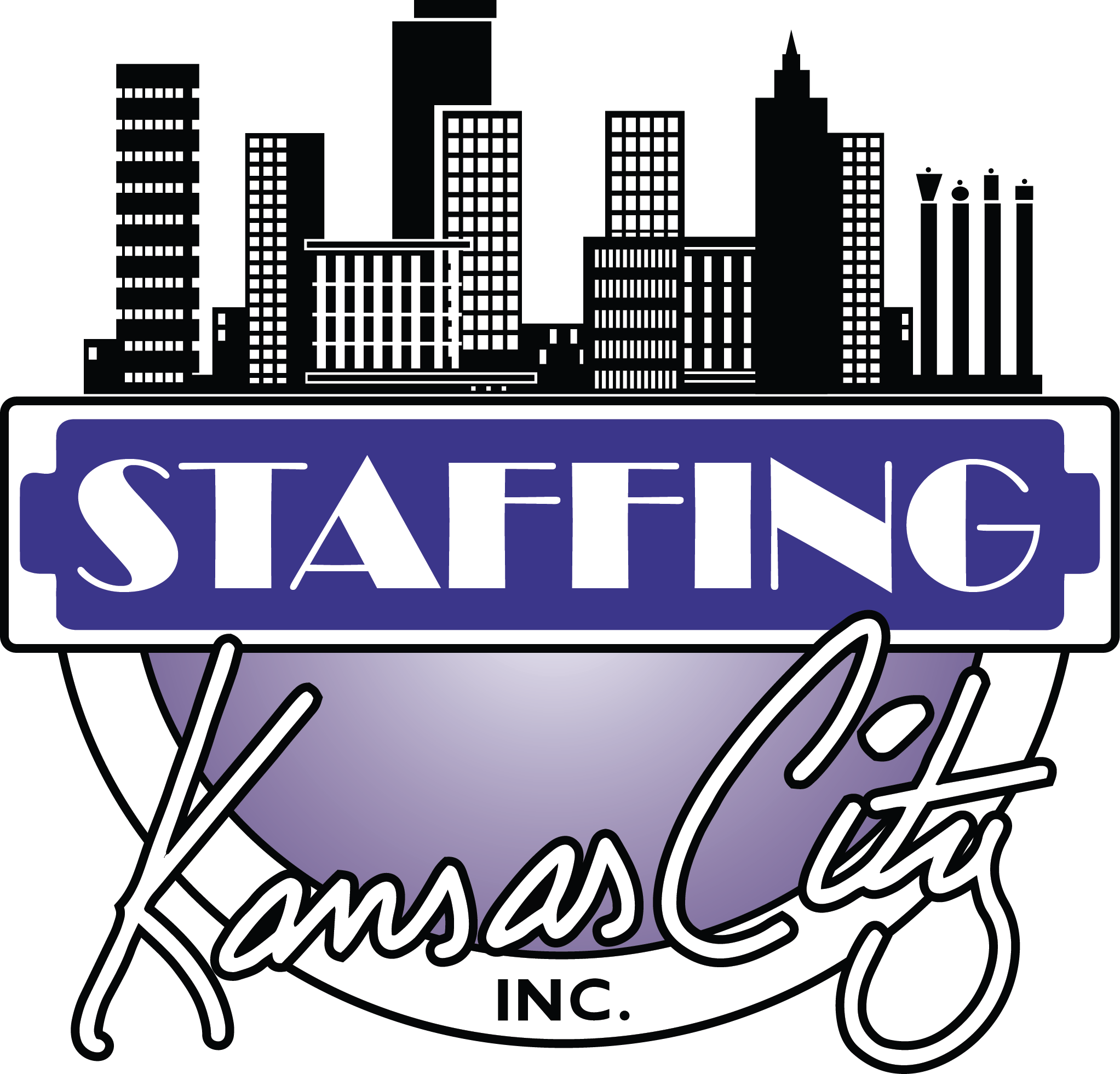
Employee engagement is at an all-time low. As a result, workers do not feel connected to their workplace or their role. But the ability to make a connection with one’s workplace mission and values can elevate the probability of seeing why one’s work matters, creating purpose. The need for purpose is a strong human desire and the need to lead a purpose-driven life continues to grow in importance.
What’s tricky about the idea of achieving purpose is that it can mean different things to different people. Yet, purpose embodies some level of connection to a person, a group of people or something more intangible. Lastly, purpose is often highly unique to the individual, which can make it difficult to define and to find.
Need for Connections
Considering how much time people spend at work, finding a positive connection can be a smart way to help employees thrive at work. A Workplace Study from Gallup titled The Great Detachment: Why Employees Feel Stuck delved into this issue at length.
The study found workers are looking for new opportunities at the highest rate since 2015 with employer satisfaction at an all-time low. With an increasingly tough job market, many employees are reaching a critical juncture the decision to stay or go. Gallup has labeled these findings as the Great Detachment, a time of slowing turnover, lowered productivity and risk of talent loss. This is problematic as companies are looking to ramp up change initiatives, only to be met with indifference, or detachment, from employees.
Reasons for Detachment
Rapid organizational change: Disruption is at an all-time high in the form of restructured teams, budget cuts and feeling overtasked and burnt out. Fewer employees know what’s expected of them at work because of rapid changes and infrequent communication.
Reduced coordination: The switching of locations often means teams are working different schedules in separate locations. A lack of connection can arise without consistent communication and coordination.
Rising customer expectations: Customer expectations for a better digital experience continue to rise and with that comes higher demands for workers to satisfy those demands.
Re-evaluating work-life balance: Flexibility ranks high for employees with better compensation packages and the ability to flex work schedules with life schedules.
Broken performance management practices: Both leaders and employees have low confidence in performance management systems. Without a solid system in place, it’s difficult to clarify expectations, align teams and recognize solid employee performance.
*Gallup
Collective Reset
With so much at stake, employers should commit to resetting expectations and priorities to create a standard for success. Clear expectations should be in alignment with team and company goals while considering workload and well-being. Alignment with clear initiatives is key to helping employees understand why and how their work matters. Gallup found improving the clarity of expectations can lead to a 9% increase in profitability and an 11% improvement in productivity.

